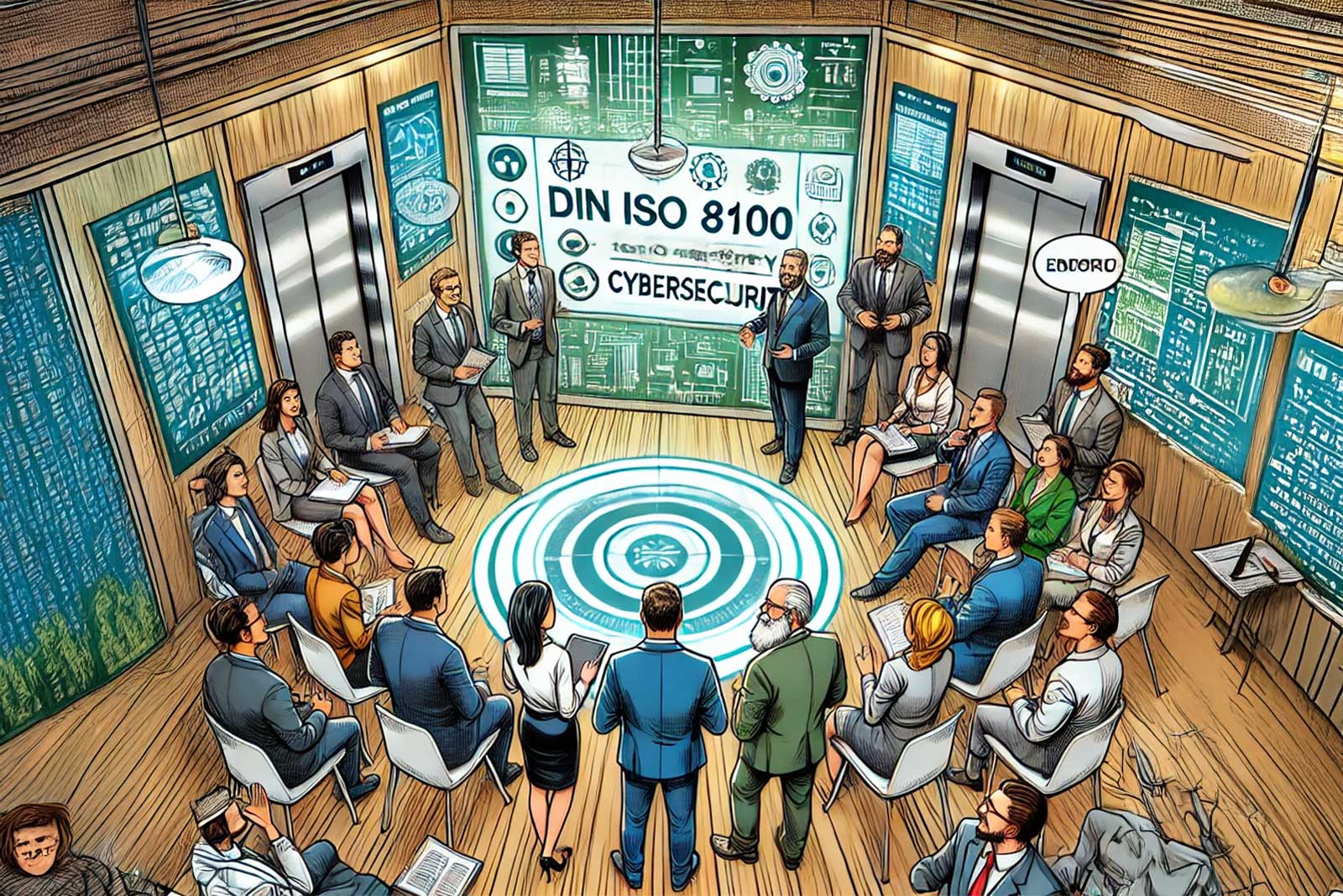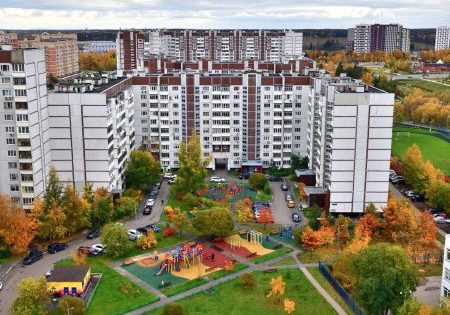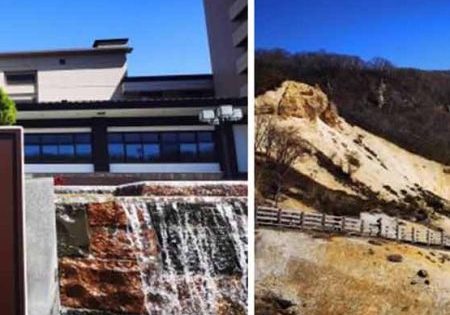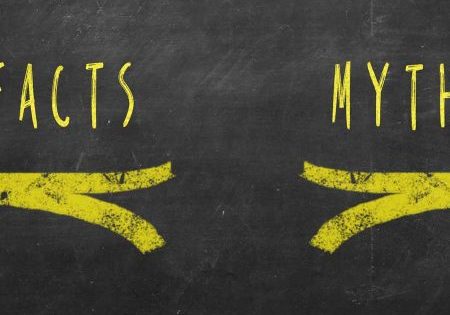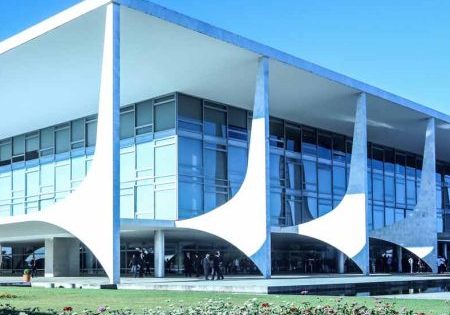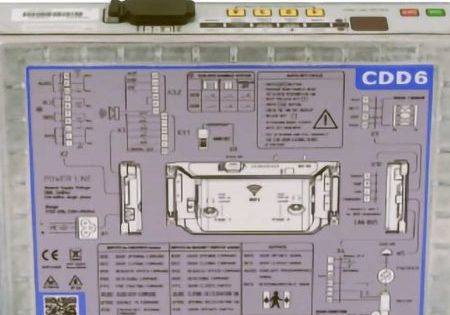Enabler for innovation and future-readiness
Standards create a common language for manufacturers, operators and service providers. The elevator industry is facing profound challenges: rapid digitalization through technologies such as the Internet of Things (IoT) and AI, a dynamic market environment and demographic change. Standardization is key to managing this change and securing the industry’s future.
IoT and AI
Here are brief descriptions of IoT and AI and how they relate to the elevator industry:
IoT in the elevator industry: The integration of networked sensors enables predictive maintenance. Uniform communication protocols and data interfaces, as defined by standards, are essential to enabling data exchange between different systems.
AI: AI can optimize elevator operation, reduce energy consumption and improve the user experience by analyzing large amounts of data. However, such advances would be difficult to implement without standardized data formats and algorithms.
Training as a Strategic Response to the Shortage of Skilled Workers
Standardization and norms are not only technological tools, but also strategic levers for overcoming the challenges of the elevator industry. In addition to a clear focus on IoT and AI, the content of training programs for skilled workers in the industry must also include mechanical and electrical systems, the trades and, so to speak, the real challenges posed by existing systems, which, by their very nature, were built according to standards that are now outdated.
The low birth rate and the resulting shortage of skilled workers pose a threat to the industry’s innovative strength. The training of skilled personnel is therefore becoming increasingly important and must be made more attractive. The following is required:
- Cross-occupational, up-to-date training: In view of the interdisciplinary requirements — from mechanics to electronics to software development — training must be as up-to-date and broad as possible.
- Digitalization in teaching: Virtual training environments and AI-based learning platforms can help to efficiently impart knowledge and prepare the next generation for the industry’s requirements.
- Promotion of further training: Lifelong learning is becoming the norm. With standardized qualification frameworks, the competence development of skilled workers can be structured and internationally recognized. This can be achieved through smartly placed additional qualifications that supplement classic, general training occupations. This is good for everyone!
Compatibility and Innovation
Harmonized standards promote the development of interoperable technologies and solutions that are competitive in a globalized market. The new ISO 8100.x series of standards will play a decisive role here in the future.
Quality Assurance
Uniform requirements ensure that all professionals in the industry are trained to a high standard, regardless of their country of origin. This contributes to the safety, efficiency and reliability of elevator systems.
Promoting the Mobility of Skilled Workers
Uniform qualification requirements enable easier recognition of vocational qualifications and certificates in different European countries. This supports the cross-border mobility of skilled workers and helps compensate for regional shortages of skilled workers. Clear qualification profiles make the industry more transparent and attractive for skilled workers from other countries.
Support for Training and Further Education
In addition to standardized curricula that can be combined in a modular fashion as much as possible, a culture of lifelong learning can ensure that skills are broadly covered in companies. Clear qualification requirements create transparency regarding career paths, making the industry more attractive to young professionals and career changers.
An industrywide understanding of qualification requirements is a decisive step in making the lift industry in Europe fit for the future. It promotes mobility, innovation and quality, strengthens competitiveness and creates the basis for sustainable development in the face of demographic change and technological upheaval.
The first steps have been taken. Various educational institutions have joined forces at the association level and developed and offer programs. Even though a training institution must, of course, also be economically viable, the focus here is not on economic indicators. In the future, companies of all sizes or regional locations will simply need people who know what they are doing to cope with the workload.
Let’s Do Good
The combination of established standards and new technologies will enable the elevator industry to maintain proven safety standards while driving innovation. Close cooperation between industry associations, manufacturers and educational institutions is crucial for establishing standardization and training as drivers of competitiveness and progress. Understanding of the new standards — both in terms of technical content and bureaucratic application — must be ensured for companies of all sizes.
One thing is clear: We all must continue learning.
Get more of Elevator World. Sign up for our free e-newsletter.
